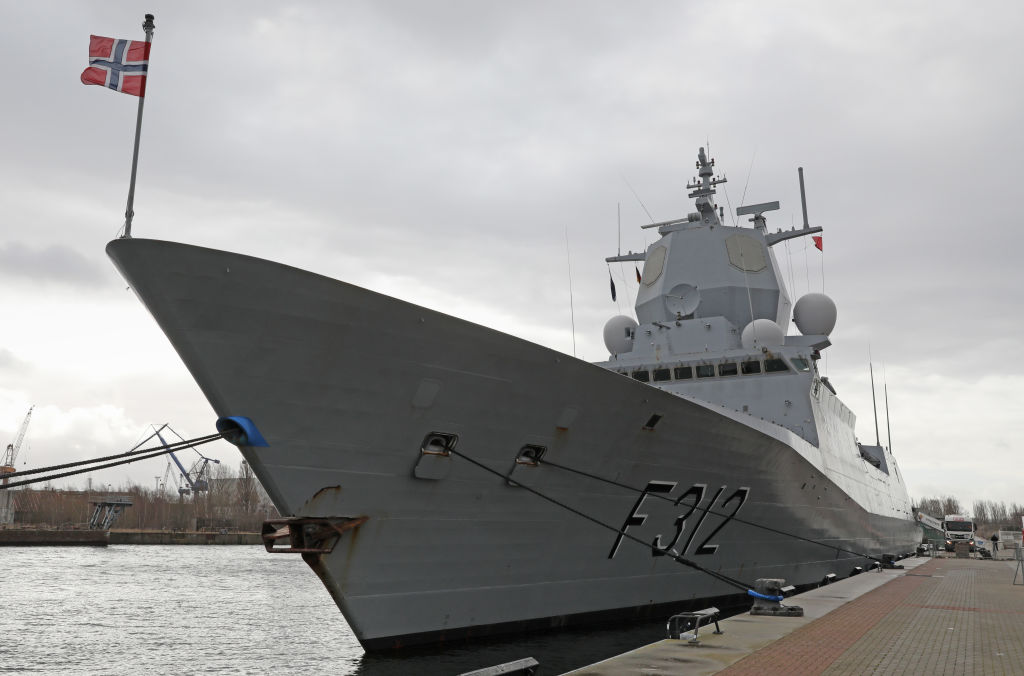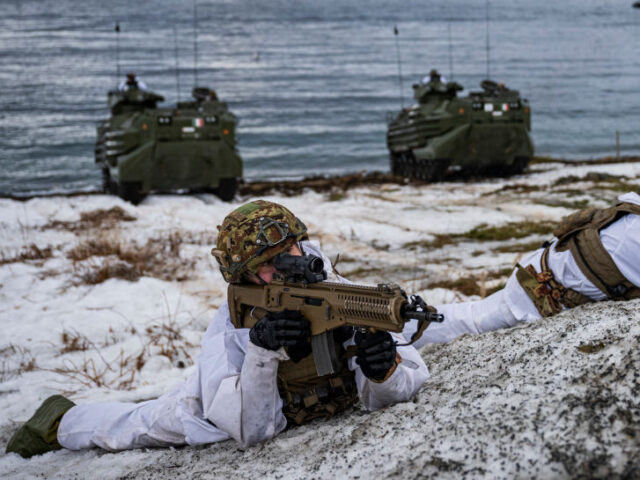The Russian bordering Nordic nation of Norway has announced it will be considerably increasing the size of its armed forces over the next decade, in the most significant change in its defence in modern times.
The Norwegian government made the big reveal of its long-term defence renewal plan on Friday, saying by 2036, it will push its national spending to three per cent of GDP, with the country already due to spend the NATO minimum of two per cent this year.
In terms of where the extra money is going, from extra brigades and warships to anti-air missiles and drones, the plan is clearly influenced by the lessons learned in Ukraine, as the Scandinavian nation prepares to deter its eastern neighbour, Russia.
Reflecting on the plan to considerably boost defence spending, Prime Minister Jonas Gahr Støre said Norway “must have the capability to defend ourselves if crisis and war occur. A stronger national defence will contribute to deter those who might wish to threaten our sovereignty.” Citing Russia, he said: “We assume that we will have to deal with a more dangerous and unpredictable neighbour for many years to come.”

28 February 2020, Mecklenburg-Western Pomerania, Warnemünde: The Norwegian frigate “Otto Sverdrup” lies in the harbour. It is one of two ships of the permanent NATO naval association “Standing Nato Maritime Group 1” (SNMG1), which will be visiting Warnemünde until 03.03.2020. Photo: Bernd Wüstneck/dpa-Zentralbild/dpa (Photo by Bernd Wüstneck/picture alliance via Getty Images)
Norwegian state broadcaster NRK summarised the intent of the spending package as “More money. More people. More fighting power. More capacity. More of everything!”.
Among the programmes envisioned is a considerable increase in the size of the army, growing the presently modest Norwegian land force from one brigade to three — a considerable upgrade in capability for a predominantly wilderness state of just five and a half million souls. Replacing the present inventory of the Royal Norwegian Navy is also on the cards, with five new frigates and a fifth submarine to be funded, which would both replace older ships due to be retired and grow the overall size of the fleet.
Clearly taking inspiration from the Ukraine war, Norway chose not to buy more jet fighters — a mainstay of defence spending for small NATO states for decades — but rather to spend its money on anti-air defence missiles, and drone technology. Indeed, a Norwegian airbase in the north of the country covering the Arctic Sea approaches to Russia that was due to be decommissioned will now be re-opened as a major long-range drone operating centre. The airbase also has a rocket launching facility nearby.
In 2022, before the Russian invasion of Ukraine, the Norwegian defence budget was 71 billion crowns a year ($6.6 billion). By increasing the annual spending to 166 billion ($15.5 billion) by 2036, the total new spending will be some 600 billion crowns ($56 billion). Overall, Norway’s spending will rise to three per cent of its GDP annually, which — assuming all else is equal — will make it one of the proportionally biggest spenders on defence in NATO.
Getting Ready: NATO’s Norway Boosts Conscription to Grow Militaryhttps://t.co/MuDLIx3DJs
— Breitbart London (@BreitbartLondon) April 2, 2024
Some aspects of the change were announced ahead of Friday. As well as the reversal of the closure of the northern airbase and to use it as a drone centre, Norway also revealed this week that it was to considerably increase the size and scope of its conscription of young men and women into the armed forces. In this regard, it is riding on a Europe-wide trend of reassessing conscription as a means to sustain the armed forces and to create trained soldiers who can stay with a part-time, volunteer ‘home guard’ long after they’ve been discharged to civilian life from basic training.
Denmark made a similar announcement in March, saying it would double the amount of time conscripts would serve and growing the number of young people conscripted every year. Like Norway, it will conscript both boys and girls in their late teens.
Other countries that don’t have conscription have also found it becoming part of the national discussion for the first time in decades. Even the United Kingdom, which got rid of compulsory service earlier than most last century, has seen the possibility hit headlines this week. Depending on the attitudes of young people in any given European state, however, conscription — and particularly in wartime — can be easier said than done. Research shows a majority of German adults would outright refuse to serve even if their country was attacked, and in the case of Ukraine, large numbers of young men fled or bribed their way out of the country after the invasion to avoid military service.
WWIII Watch: Estonia PM Calls on UK to Reintroduce Conscription https://t.co/w8eCrbcMAK
— Breitbart London (@BreitbartLondon) April 5, 2024

COMMENTS
Please let us know if you're having issues with commenting.